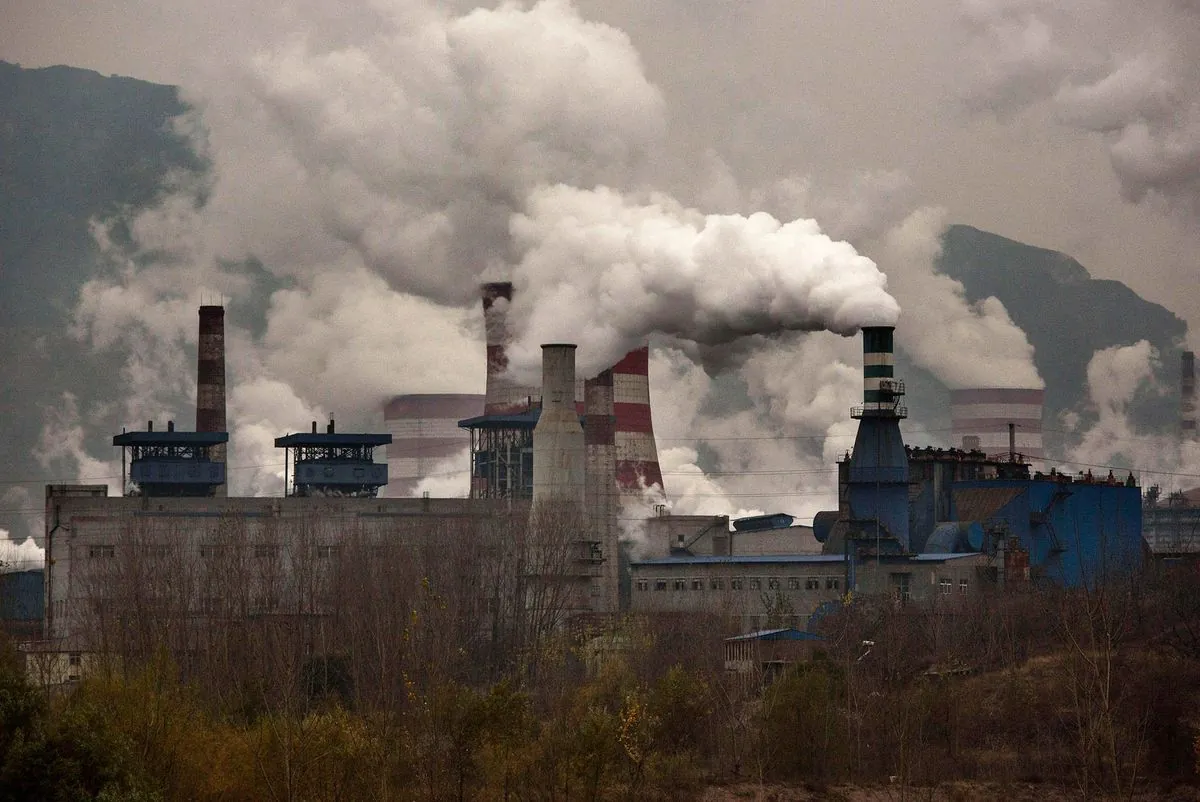China, the world's largest carbon dioxide emitter, has unveiled a new plan to accelerate the development of its carbon emissions control system. The initiative aims to help the nation achieve its goal of reaching peak emissions by 2030, a target set as part of its commitment to the Paris Agreement, which China ratified in 2016.
The State Council announced a work plan that introduces a "dual-control" system, set to be implemented during the 2026-2030 period. This system marks a significant shift in China's approach to emissions reduction. While energy and carbon intensity will remain the primary focus initially, the plan will gradually incorporate total emissions controls.
This transition represents a crucial step towards decoupling climate targets from economic growth. Yao Zhe, global policy advisor for Greenpeace East Asia in Beijing, commented on the significance of this move:
"China is setting for the first time a hard emissions cap, which will start guide emissions reduction after 2030. China is now gradually extricating emissions reductions from economic growth."
The plan outlines several key initiatives:
- Creation of carbon budgets by provinces and municipalities
- Testing of the budgeting system before the end of 2025
- Improvement of statistical and accounting systems for carbon emissions by 2025
- Incorporation of carbon emissions quotas into national economic and social development planning
- Consideration of emissions in energy conservation assessments for fixed asset investment projects
These measures complement China's existing efforts in combating climate change. The country has already implemented a national emissions trading scheme and has become the world leader in renewable energy capacity. Additionally, China has invested heavily in electric vehicle technology and has planted billions of trees to absorb CO2 and combat desertification.
The focus on key industries such as power, steel, metals, building materials, and petrochemicals underscores the comprehensive nature of this plan. It aligns with China's broader environmental initiatives, including the "war on pollution" launched in 2014 and the ban on new coal power plants in certain regions.
This new carbon control plan, coupled with China's pledge to achieve carbon neutrality by 2060, demonstrates the country's commitment to addressing climate change. As the world's largest producer and consumer of coal, China's transition to cleaner energy sources and more efficient emissions control will be crucial in global efforts to mitigate climate change.
The announcement of this plan comes approximately three years after China launched its national carbon market in 2021. As the country continues to balance economic growth with environmental protection, the success of these initiatives will be closely watched by the international community.
